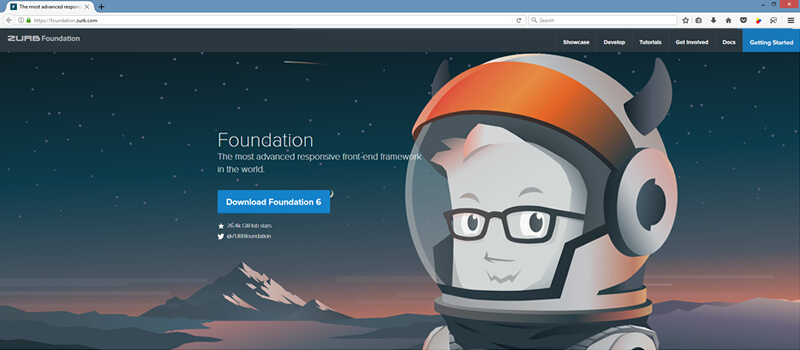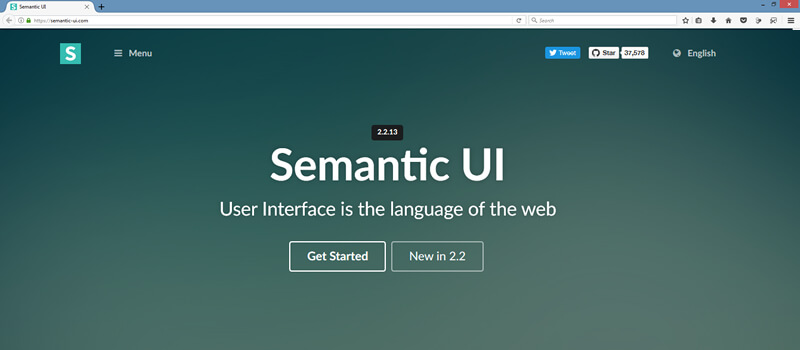
Do you depend on the Internet to access information? We all do and we are no more confined to our desktops only, right! We browse through our smartphones, tablets, laptops and even smart TVs. Your customers are no exception! For your website, it means that it will be accessed and viewed via different mediums. No wonder that there has been a phenomenal rise in the demand for our responsive web design services.
Is your website responsive? Does your website adapt itself to fit into any screen? If not then do you know that almost 38 percent of users stop engaging with a site which has an unattractive layout? Do you know that 70 percent users delete emails that do not render well on mobile devices? In the mobile-first era if you are not investing in responsive website development then you would be missing out on the following benefits:
Traffic from mobile users
There was a time when businesses used to invest on two versions of one website – one for desktop users and the other exclusively for the mobile users.
That mobile-friendly site looks good on mobile devices, no doubt. However, there can be glitches and navigation might be challenging when accessed and viewed on mobile devices of higher resolution. Moreover, having two versions of the same website not only consumes time but also incurs high maintenance cost.
Today, you can easily collaborate with an outsourcing responsive web design company and build one responsive website that will render equally well in all devices with different screen size.
Lower website maintenance cost
Responsive website offers you lower maintenance cost when compared to using two versions of one website.
Responsive website development might appear expensive in the beginning, however, when you maintain two different versions of the same website, the cost does add up.
As responsive website requires less time to set up, and it frees you up from maintaining two versions of the same website, you would get ample time to dedicate to core business processes.
Don’t you think it’s high time to get in touch with a responsive web design agency? You can stay assured of visually appealing designs and cross-device compatibility. Thus, you can reach out to a wider audience with omnichannel strategy.
Offer seamless user experience
This is one of the most significant benefits that you are missing out by not having a responsive website. When your customers access your website via devices such as mobile or tablet, they get a distorted view of your website.
However, desktop users might have no issues viewing your website. Since there has been an exponential increase in the number of mobile users in the past few years, the potential business lost by you could be huge.
Your mobile audience would need to scroll through several pages in search of the information they are looking for. Moreover, their user experience would be pathetic as they would view jumbled text and unaligned images.
Stats reveal that 4 out of 5 consumers shop on smartphones. Do you think they would ever like to come back to your site?
In order to avoid such scenarios, our web development experts suggest that you evaluate the des.ign of your website. If you go for responsive website development then the benefits that build up down the line would outweigh the cost that you would need to spend now.
The significance of responsive design reminds us of legendary Steve Jobs. He said that –
“Design is not what it just looks like. Design is how it works.”
Adaptability to any screen size
Another important benefit of having a responsive website is that it would adapt itself to any screen size. The adoption of Internet of Things (IoT) is gaining momentum in the business world.
If your website automatically adjusts itself to suit each screen size of IoT devices, then don’t you think it is an added advantage?
This can even give you an edge over the competition by enabling you to cater to audiences with newer devices like smartwatches, connected devices, etc. and boost your reach.
Higher rank in Search Engine Results Page (SERP)
Last but not the least; responsive websites are quite likely to rank high in SERPs. This would pay off your search engine optimization (SEO) efforts.
High-quality content along with user-centric experience could help you increase your dwell time; thus making sure that session duration is increased with improvement in user engagement.
Even Google prioritizes responsive website in its search engine result page and therefore it recommends you a responsive website design. Furthermore, it ensures great user experience across all platforms and value for your SEO efforts.
If you are losing out all the aforementioned benefits to your competitors, then its high time that you consider responsive website development.
Now that you have made your mind to build a responsive website, let’s learn about top 3 tools used to build responsive sites. You can also take a look at some more popular and effective tools here!

Foundation
If you are looking for one of the most advanced responsive framework that is lightweight as well as scalable then you must check Foundation out. This framework is highly popular among designers and developers owing to it’s out of the box facilities.
This mobile-first and flexible framework has a 12-column grid that can scale to any size (defined by the maximum width of the row) with pre-built layouts and customizable control handles. This infers that it would allow you to build complicated layouts without requiring you to create many custom elements.

Semantic UI
Semantic UI is a fully responsive framework that supports 3D animation as well as according elements. Moreover, it also provides a number of UI components with real-time debug outputs which enables you to find out what’s going on in the code.
Besides, this framework is structured around natural language convention; thus empowering web designers and developers by creating a language that can be used for sharing UI.
This framework is very efficient with great user interface kit that leverages Less – a CSS pre-processor. Furthermore, it is endowed with the capacity to add a “disabled” state on images as well as icons which can be later formatted with various colors and sizes.

UIKit
UIKit brings to you a comprehensive collection of HTML, CSS and JavaScript based small and responsive components that use consistent naming conventions. These components are not only simple and easy to use but also easily customizable and extendable.
It will empower you for faster development of robust web interfaces which your audience would love. Do you know that this modular front-end framework has been successfully used to create many WordPress themes?
Wrapping up!
Finally, we would like to conclude with the note that not having a responsive website is synonymous to losing lots of money, maintenance time and potential conversions and clients down the line.
Why not talk with our experts for the evaluation of your current website? Not having a responsive website is a threat to the survival and sustenance of your business; don’t you think so? Let’s talk; we would love to lend our ears for a patient listening.
You can also leave your comments regarding this blog and initiate a conversation with us!





The purpose of a responsive website is to identify the user’s screen size and orientation, whether it’s a desktop, mobile phone, tablet or other devices. Either A website with responsive design is viewed the same no matter which device you are using. And they respond to any movement you make.
Absolutely! A responsive website ensures seamless user experience across devices and thus enable you to retain customers on your site and gives a boost to your business. Keep visiting this site for more tech-related interesting information!
Yeah!